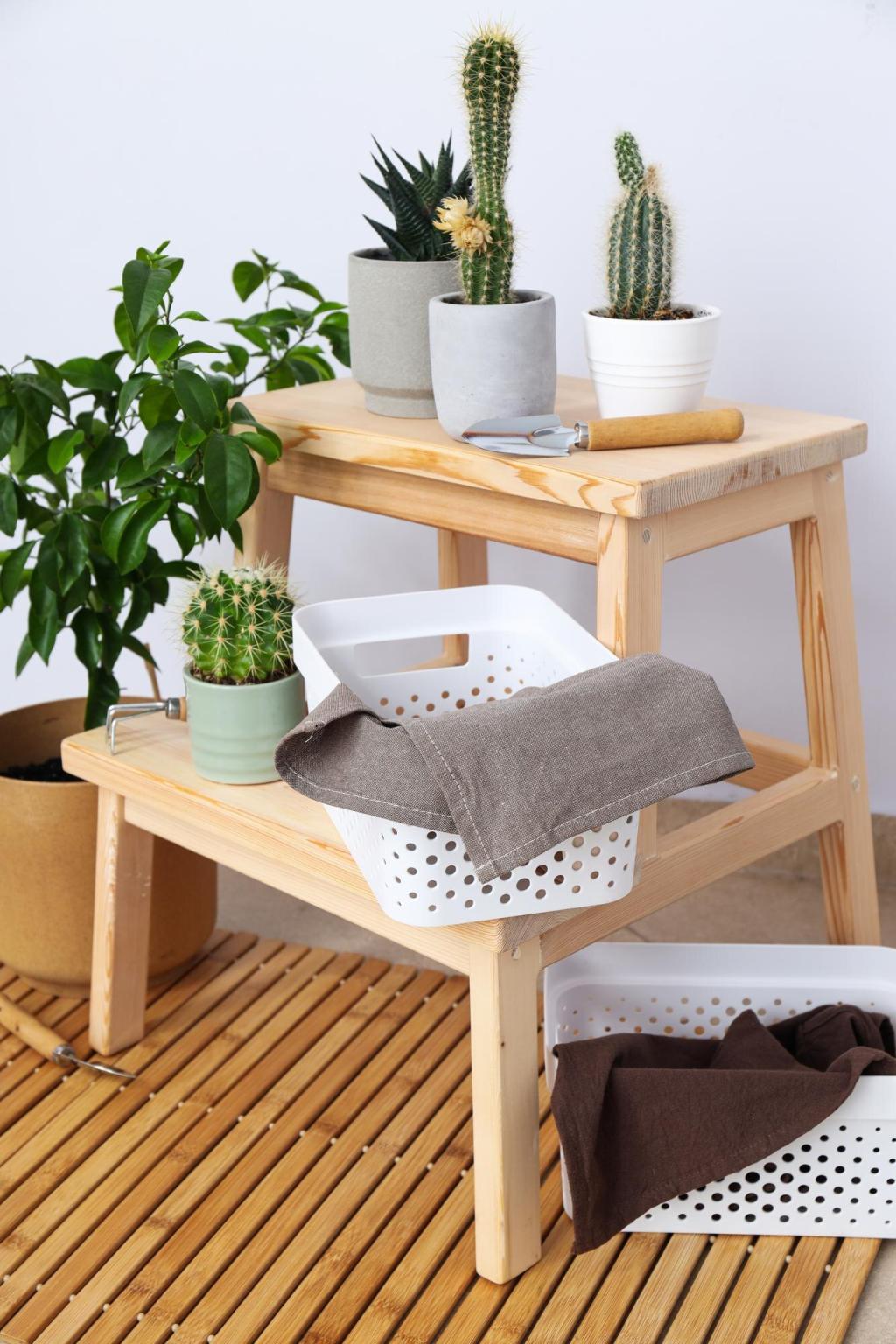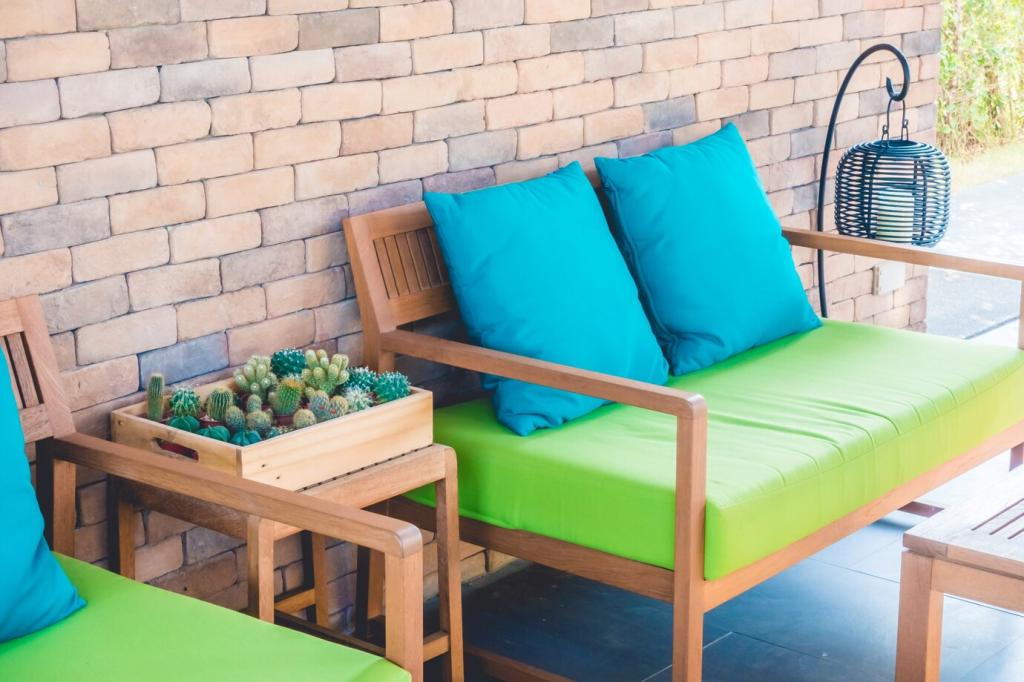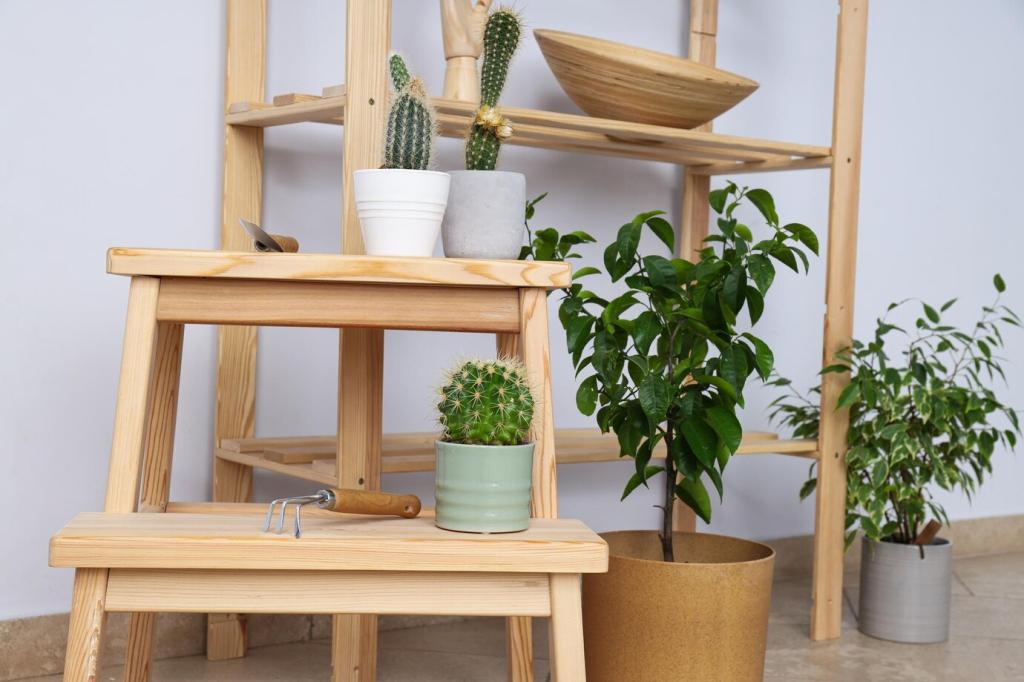A Seasonal Maintenance Calendar
Open windows on dry days, vacuum upholstery deeply, and wash removable covers. Check wood for winter cracks and touch up dry areas with a light wax. Rehome plants that shaded furniture from harsh winter sun; the light angle changes, and so should your protective greenery and curtain strategy.
A Seasonal Maintenance Calendar
Watch for warping and sticky drawers as humidity rises. Use coasters religiously and wipe condensation promptly. Rotate rugs away from strong UV paths, and set a weekly five-minute dust-and-buff alarm. Share your favorite heat-wave tricks in the comments—someone else needs exactly what you’ve already learned the hard way.



